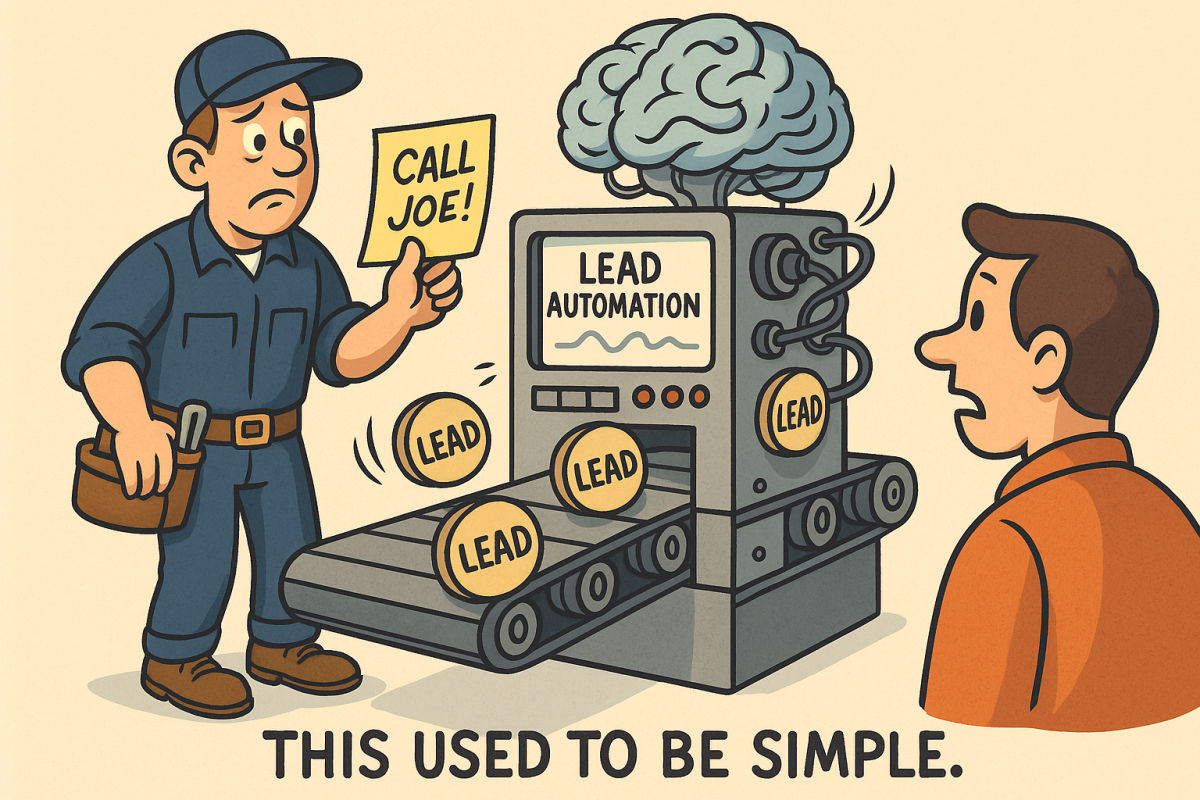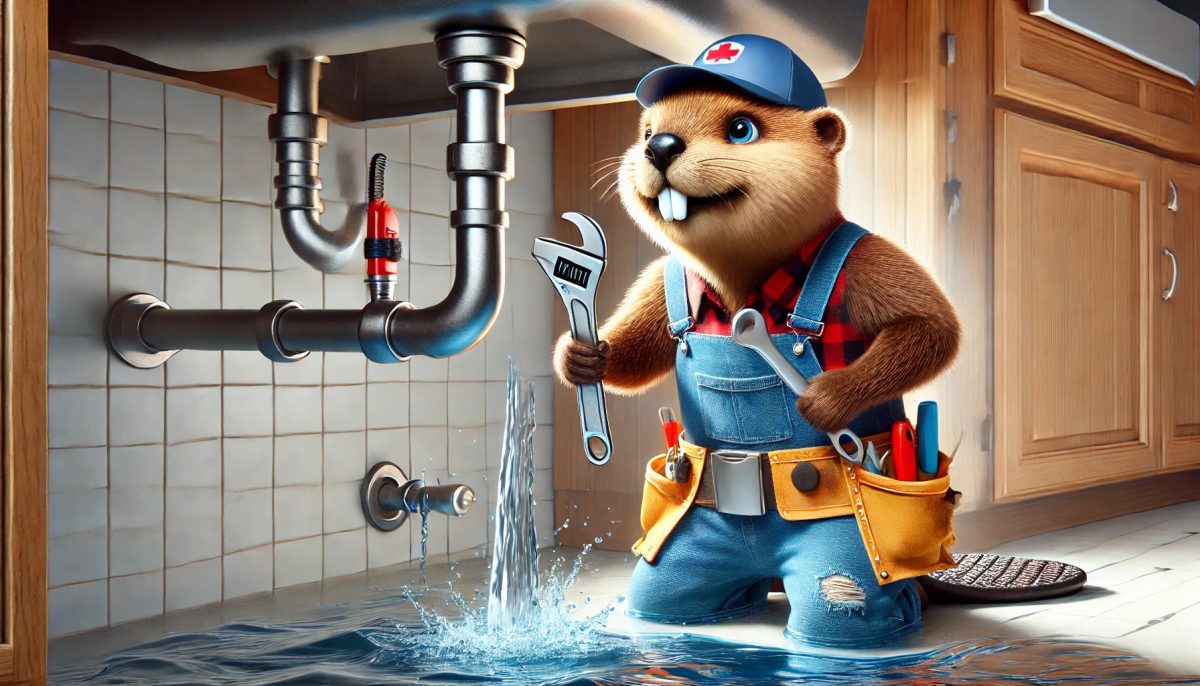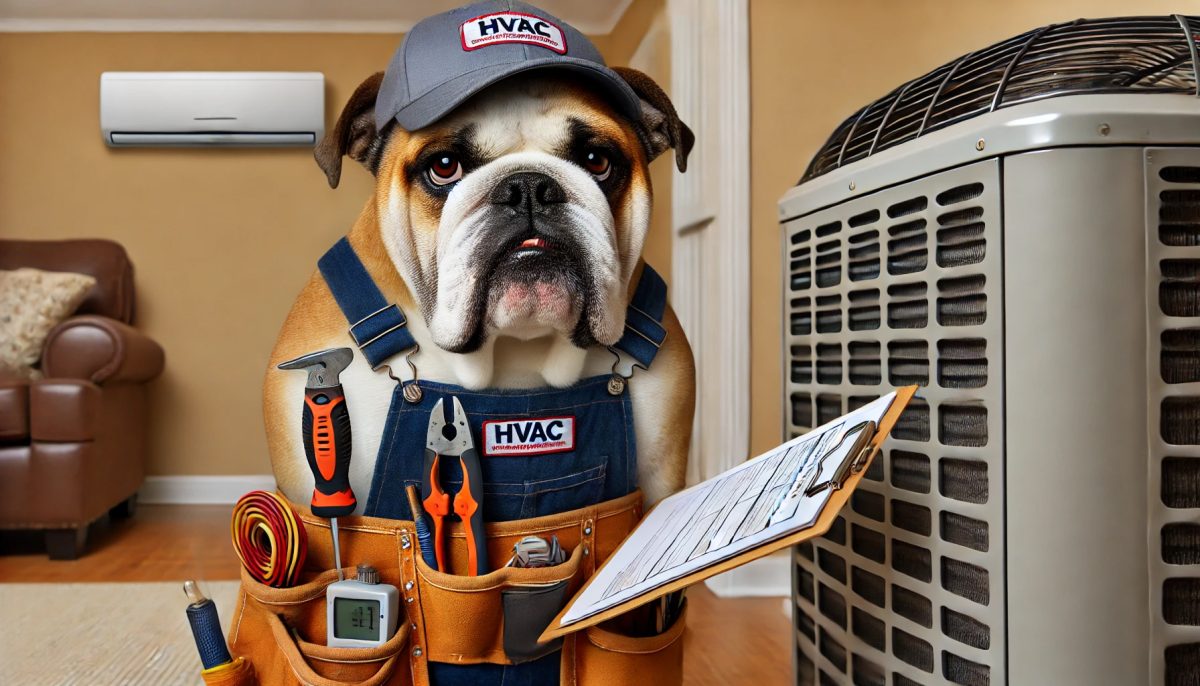How Lead Platforms Use Your Business Name Against You — and You Probably Agreed to It
A Broken Promise
When you first signed up for HomeAdvisor, Thumbtack, or another lead platform, the pitch was simple: “We’ll help you get more jobs.”
And maybe they did — at first.
But there’s something most contractors don’t realize is happening behind the scenes. Something that’s probably buried in that terms of service document you clicked “accept” on without reading (and let’s face it, we all do that).
Here’s what’s really going on — and why it matters for your business.
What the Fine Print Actually Says
Let’s talk about what you actually agreed to when you signed up. Most lead platforms include language like this in their terms of service:
“You grant us a non-exclusive, royalty-free license to use your business name, logo, and content for marketing and promotional purposes…”
Sounds harmless enough, right? Just some legal boilerplate.
But here’s what that clause actually enables them to do:
- Use your business name in their advertising
- Show your brand in search results that lead to their platform
- Redirect customers who are specifically looking for you to pages featuring your competitors
Yeah, you read that right.
What Happens When Someone Googles Your Business
Let me walk you through a real scenario that’s probably happening to your business right now.
Step 1: You finish a job and hand the homeowner your business card. Great work, happy customer.
Step 2: A week later, their neighbor needs the same service. They remember your company name and Google “Mike’s Electrical Services.”
Step 3: The first result they see isn’t your website — it’s a HomeAdvisor ad that says something like “Find Electrical Services Near You” with your business name or category mentioned.
Step 4: They click that ad and land on a page showing multiple electricians in your area.
Step 5: Now you have to pay for a lead to reach a customer who was already looking specifically for you.
You’re literally paying to compete against your own reputation.
Why This Hurts Small Contractors
This isn’t just annoying — it’s financially damaging, especially for smaller operations.
Think about it: You’ve spent years building your reputation. You’ve earned trust in your community. Customers specifically seek you out by name.
But now, instead of finding you directly, they’re funneled into a system where:
- You have to pay to access that lead
- You’re competing against other contractors for your own referral
- The platform profits from traffic generated by your brand recognition
- You might not even be able to afford the lead cost in a bidding war
It’s like someone setting up a toll booth on the road to your business — and you agreed to let them build it.
And Yes — You Probably Agreed to It
Before anyone gets defensive: No, this isn’t illegal. And yes, technically you agreed to it.
But here’s the thing — most contractors don’t expect that clicking “accept” means giving away the right to use their business name in advertising that benefits their competitors.
These terms are buried in documents that would take a lawyer to fully understand. The platforms know most people won’t read them, and they’re counting on it.
Is it legal? Yes. Is it ethical, or even fair to small businesses? That’s worth questioning.
What You Can Do About It
You’re not powerless here. Here are some concrete steps you can take:
Audit Your Business Online
Search your business name in Google right now. See what comes up. If you see ads from lead platforms using your name or category, that’s your brand being used to generate revenue for someone else.
Ask Direct Questions
Contact your lead platforms and ask: “Do you use my business name in paid search advertising?”
Don’t let them dodge with corporate speak. You deserve a straight answer.
Share This Information
Most contractors have no idea this is happening. Share this post, talk about it at the supply house, bring it up with your trade associations. Knowledge is power.
Consider Different Models
Look for alternatives that:
- Don’t bid against your brand
- Don’t charge upfront for unqualified leads
- Don’t make you compete to win your own referrals
- Actually put contractors first
That’s the model we’re building at RevLink — contractor-to-contractor referrals, not corporate redirects. No bidding on your business name, no upfront costs, no competing for customers who already want to work with you.
Your Brand Belongs to You
At the end of the day, your business name represents years of hard work, quality craftsmanship, and earned trust.
If someone’s searching for your business by name, you’ve already done the hard part. You shouldn’t have to pay a middleman to finish the job.
Know a contractor who should see this? Share it. The more we know about these practices, the better decisions we can make about our businesses.
FAQ: How Lead Platforms Use Your Business Name
Q1: How do lead platforms use a contractor’s business name in advertising?
A1: Many lead generation platforms include terms that allow them to use a contractor’s name, logo, and content for marketing. This often includes paid search ads where your business name may appear — but the click leads to the platform, not your website.
Q2: Does accepting a lead platform’s terms of service give them rights to use my business name?
A2: Yes. Most contractors unknowingly agree to terms that grant lead platforms the right to use their business name, logo, and branding in advertising — including paid search campaigns that may redirect customers to competing providers.
Q3: Why do lead platforms show competitors when someone Googles my business?
A3: If a lead platform has rights to use your business name, they can place paid search ads targeting it. When a customer clicks the ad, they land on the platform — not your site — and are shown a list of multiple contractors, forcing you to pay to reach someone who was already looking for you.
Q4: How does paying for leads affect my business’s brand and customer trust?
A4: When platforms insert themselves between you and customers — even those who already know your name — it weakens your direct brand connection. Over time, this raises your marketing costs and makes it harder to build loyal, repeat business under your own name.
Q5: What can I do to stop lead platforms from using my business name in search ads?
A5: Start by searching your business name in Google to see who’s advertising on it. While changing platform agreements can be difficult, you can reduce your reliance by investing in your own website, building customer referral networks, and prioritizing channels where you own the relationship.
Q6: Are there better lead generation options than Thumbtack or HomeAdvisor?
A6: Yes. Many contractors are moving toward models that protect their brand and prioritize direct referrals. These include word-of-mouth, contractor-to-contractor referral networks like RevLink, and marketing strategies that drive traffic directly to your website — not a third-party platform.









